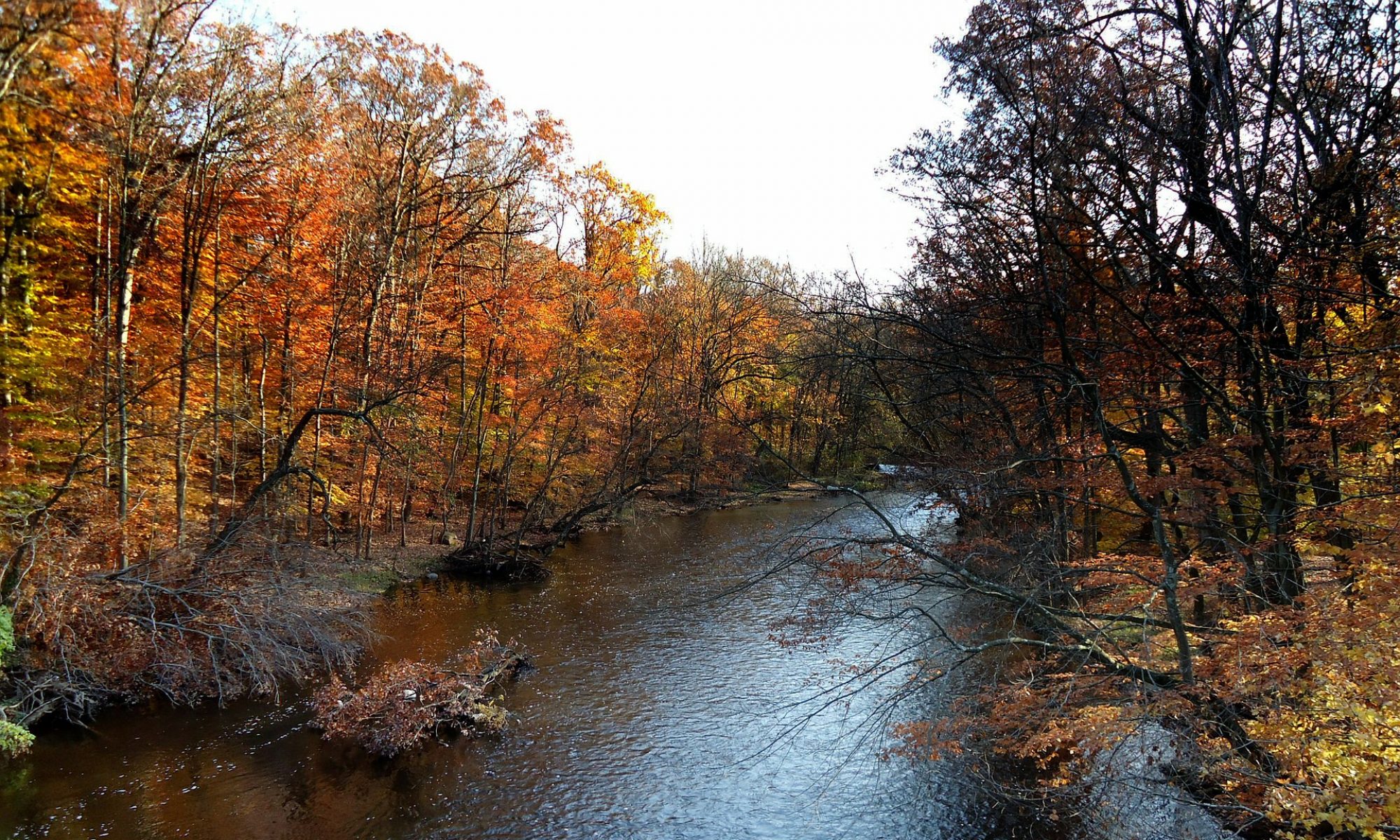What’s Still Missing?
Appendix II does not discuss or provide much of the immediate-below (or, else, this 40- years-informed Appendix could turn into 50, 60 or–never get done). There is no implication that any of these areas are unimportant. Hopefully, this clarification will be useful for readers, but, ultimately, if anyone in State Government is charged with developing a comprehensive green economy initiative, they’ll know some of the holes that could be plugged.
Table 1
What this Appendix Does Not Provide
- All reports ever done about New Jersey and the green economy, although, along with those in Appendix I, it summarizes most of them. The “Recommendations” in this section mentions a few more
- Most motivations for businesses to take sustainability actions, as these are somewhat well known now, although it does discuss a possibly emerging one, an actual concern for the planet and society
- Most of the types of actions businesses have taken (beyond regulatory requirements), although it does mention some of the more recent, path-breaking ones
- All types of green jobs/sectors, although it does list quite a few in Table 2. Skill sets are not listed, although it could be anticipated in a greening economy, employees won’t always be doing the same things they always have
- A full plan to implement a green economy in New Jersey, although it should substantially inform one that could be chartered. It does not get into some aspects of what could be in a plan, such as funding and staffing
- Any real focus on the conventional green jobs discussed earlier in the Paper, or any attention to the important work of the New Jersey Board of Public Utilities’ (NJBPU’s) Clean Energy Program, electric vehicles, charging stations, storage, smart grids, community or distributed energy or micro-grids. These are obviously extremely important, however most are either fairly well known or already getting some attention
- This section spends little time with other key sectors, such as services; environmental technologies or “environmental industries,” usually for remediation or pollution control; non-renewable energy-oriented clean technologies; bio-based products; natural products and non-toxic alternatives; resiliency/adaptation; transportation including light rail; sustainable finance developments, including the more recent alternative currencies, socially responsible investing, impact investing, social impact bonds, green bonds, Property Assessed Clean Energy; greening of the water infrastructure and green infrastructure; recycled products/de-manufacturing/re-use/upcycling sub-sectors; software; appropriate technology; does not give enough attention to rural areas of the state; or any to more futuristic possibilities difficult but not necessarily impossible to imagine
- The focus is on ideas, without the “numbers” which may eventually be necessary
- Does not discuss much about how a green economy potentially connects with apparently (but not necessarily) un-related fields and challenges, such as in planning/development
- All sub-fields and branches of the sustainable business/CSR field and those fields similar to it, although it lists, but does not describe most of them (See Table 3). It does discuss a few of the key ones
- Ways to overcome “mindset” issues which are barriers to the consideration of green economy ideas, although it does provide ideas and suggests some guidance for how to approach the problem (whether actual or perceived) of “over-regulation” and/or “hostile regulators” which can prevent people from even “hearing” the potential of a green economy. It does identify several such mindsets
- Provide current information on the status of earlier-existing related initiatives in green jobs training, including at vocational schools; relevant internship programs; green economy information sources; jobs for the disabled; national and international green economy organizations, and the academic and United Nations literature on the green economy, although it mentions some of these
- Go into fairness as much as would be desirable, noting the green economy field has not yet developed that much in this emerging area beyond environmental justice, which to some degree is now a prominent part of many sustainability forums
- Provides limited discussion as to how other agencies of New Jersey State Government besides the ones to which this document is addressed could play useful roles in a green economy, although obviously they would need to. It does provide a start
- Is unlikely to provide much help in dealing with the current issue of siting of natural gas pipelines. However, in the medium-term, Loorbach, a leader of the European Transitions field, suggested in a similar situation in the northeast part of The Netherlands, an 8-10 “revolution toward “phasing out the use of natural gas in households…” utilizing efforts by both government and business as a way to reduce the need for it over time (Loorbach, 2014)
- While irrelevant to most readers, for future students of “Ecology, Economics, & Ethics,” the ideas in this Paper and Appendix are not the full answers to all the dilemmas studied.
Certainly, if interest in an expanded green economy comes about, many of these gaps could be filled by the subsequently assigned government staff and/or through partnerships both with other agencies and those outside of government.

